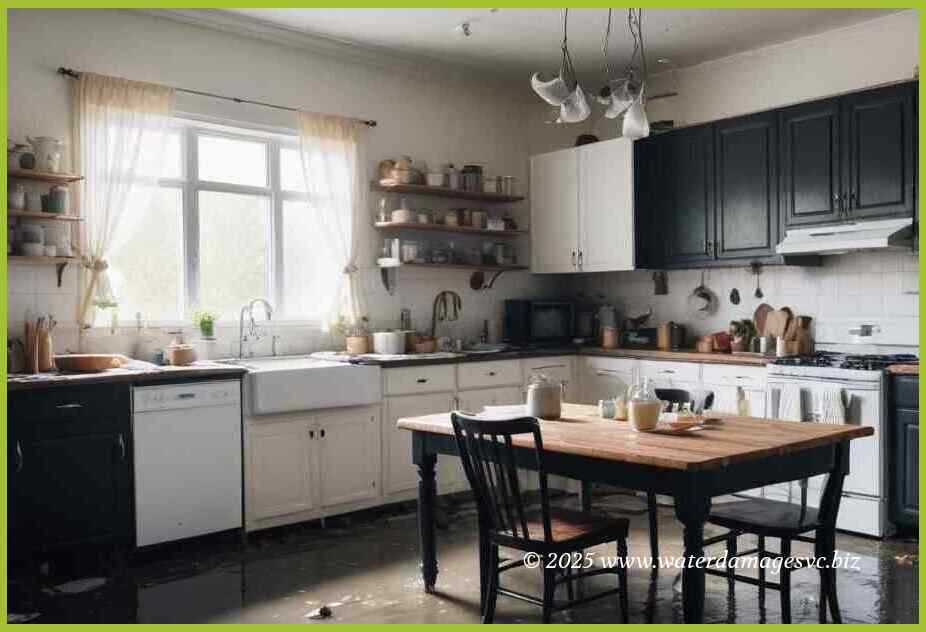 1. Ensure Safety First:
Before entering any affected areas, prioritize your safety. Turn off electricity to prevent electrical hazards, wear protective gear (e.g., gloves, boots), and be cautious around standing water that may hide structural damage or other potential dangers.
1. Ensure Safety First:
Before entering any affected areas, prioritize your safety. Turn off electricity to prevent electrical hazards, wear protective gear (e.g., gloves, boots), and be cautious around standing water that may hide structural damage or other potential dangers.
2. Identify the Source: Finding the source of water intrusion is key to preventing further damage down the line. Inspect visible pipes, faucets, and appliances for leaks or malfunctions. In cases where determining the source isn't straightforward (e.g., hidden plumbing issues), consulting a professional can expedite locating and resolving underlying problems.
3. Gauge Extent of Damage: Thoroughly assess each affected area in your home - from ceilings to flooring - considering both visible signs and potential hidden saturation within walls or under floors/carpeting. Look out for peeling paint, swollen drywall/plasterboard/paneling materials, soft spots on floors or carpet padding/squares/tiles near walls/bathroom fixtures/appliances/major household systems (HVAC).
4. Document the Damage: Record detailed information about all affected areas using photographs/videos before starting any cleanup measures; these visual records assist insurance companies during claims assessment processes.
5. Categorize Severity Levels: In collaboration with restoration professionals like Emergency Water Removal and Damage Repair experts who understand industry standards established by institutions like the Institute of Inspection Cleaning & Restoration Certification (IICRC), categorize the severity of water damage based on levels:
- Level 1 (Clean Water): Freshwater source with minimal contamination. - Level 2 (Gray Water): Contains some chemicals, contaminants, or pollutants that may cause discomfort or illness if ingested/absorbed. - Level 3 (Black Water): Highly unsanitary, contaminated water posing serious health risks from sewage backup or stagnant water containing bacteria, mold, and other pathogens.
6. Immediate Action: Time is critical when mitigating water damage. Professional restoration services like ours offer rapid response teams available round-the-clock to initiate swift actions such as removing standing water; drying out surfaces and structures; deploying dehumidifiers/fans to prevent mold growth; salvaging/restoring belongings wherever possible.
7. Seek Professional Assistance: Water damage requires professional expertise for efficient restoration due to potential hazards and complexities involved. Emergency Water Removal and Damage Repair teams possess state-of-the-art equipment, specialized knowledge in structural drying techniques, effective antimicrobial treatments against molds/mildew/bacteria/fungi proliferation ensuring a thorough remediation process from start to finish.
Remember: Acting promptly by assessing and documenting the extent of water damage in your home helps pave the way for a speedier recovery journey later on. With trained professionals at our side providing expert guidance throughout the entire restoration process, homeowners can regain peace of mind knowing their homes are in capable hands.
Contact Emergency Water Removal and Damage Repair today for immediate assistance so you can restore normalcy back into your life without delay!